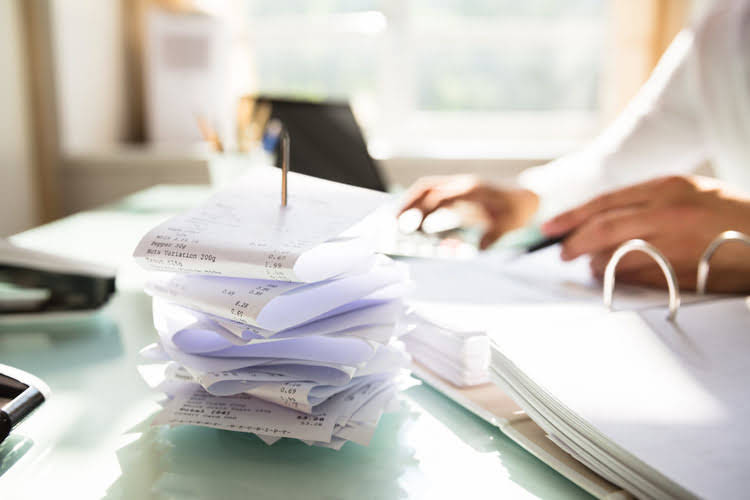23 Nov Marshalling of Balance Sheet Order of Permanence, Liquidity

Regularly review your balance sheet to ensure that your assets are growing while your liabilities are being reduced. For businesses, this can be achieved through budget management and financial planning. For individuals, creating an emergency fund, maintaining a diversified portfolio, and controlling debt are essential to ensuring financial health. Current liabilities include all debts that will become due in the current period. In other words, this is the amount of principle that is required to be repaid in the next 12 months. The most common current liabilities are accounts payable and accrued expenses.

Great! The Financial Professional Will Get Back To You Soon.
Some candidates may qualify for scholarships or financial aid, which will be credited against the Program Fee once eligibility is determined. Three methods that companies use to value liabilities in order of liquidity inventory are FIFO, LIFO, and weighted inventory. GAAP specifies that dividends paid be accounted for in the financing section, and dividends received in the operating section.
- In addition, specific types of investments may not have robust markets or a large group of interested investors to acquire the investment.
- At Financopedia, we’re committed to assisting small businesses and individuals with their finances and taxes.
- Current assets are referred to as current because they are either cash or can be converted into cash within one year.
- Apple has accounts payable, deferred revenue, commercial paper, and term debt listed as current liabilities.
- First, assets on the balance sheet, under generally accepted accounting principles (GAAP), are recorded at historical cost.
- These may also include assets that are not intended for sale, such as office supplies.
Risk Management
- Cash is the most liquid asset, and companies may also hold very short-term investments that are considered cash equivalents that are also extremely liquid.
- Similar to the example shown above, if the cash ratio is 1 or more, the company can easily meet its current liabilities at any time.
- Balancing assets vs liabilities also plays a key role in wealth accumulation.
- Current assets play a big role in determining some of these ratios, such as the current ratio, cash ratio, and quick ratio.
- By considering assets vs. liabilities, one’s achievement of sustainability will be enhanced, whether on a personal or organizational level.
- A short-term loan would be classified as a current liability, whereas a mortgage payable over many years would be classified as a non-current liability.
Balance sheet liquidity is a measure of a company’s ability to meet its financial obligations with its liquid assets. You can convert Liquid assets to cash easily, such as cash itself, accounts receivable, and marketable securities. Assets help in wealth creation, while liabilities are necessary for financing certain purchases or operations. Businesses usually https://www.facebook.com/BooksTimeInc/ disclose contingent liabilities in their financial statements if the likelihood of the event occurring is significant.

Importance of the Balance Sheet
While accounts payable and bonds payable make up the lion’s share of the balance sheet’s liability side, the not-so-common or lesser-known items should be reviewed in depth. For example, the estimated value of warranties payable for an automotive company with a history of making poor-quality cars could be largely over or under-valued. Discontinued operations could reveal a new product line a company has staked its reputation on, which is failing to meet expectations and may cause large losses down the road. The devil is in the details, and liabilities can reveal hidden gems or landmines. The most common liabilities are usually the largest like accounts payable and bonds payable.
Classified Balance Sheet
It excludes noncurrent assets such as property, plant, and equipment, intangible assets, and goodwill. While current assets are often explicitly labeled as part of their own section on the balance sheet, noncurrent assets are usually just presented one by one. Current assets are more short-term assets that can be converted into cash within one year from the balance sheet date. Unlike the cash ratio and quick ratio, it does not exclude any component of the current assets. Prepaid expenses are first recorded as current assets on the balance sheet. Then, when the benefits of these assets are realized over time, the amount is then recorded as an expense.


The balance sheet shows us what the firm has (its assets), who owns them (equity), and who the firm owes (its liabilities). Clear Lake Sporting Goods https://www.bookstime.com/articles/insurance-expense has accounts payable and has collected payments from a few customers that it hasn’t yet shipped its product to (unearned revenue). The note payable is not due for several years, thus making it a noncurrent liability (see Figure 5.8). There are some key differences between how corporate finances are governed in the US and abroad.

